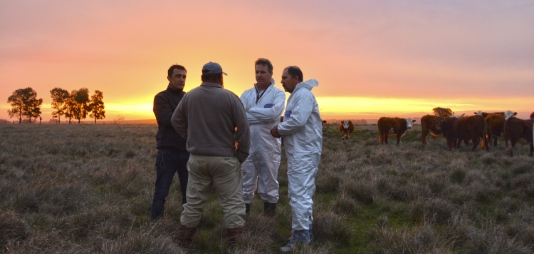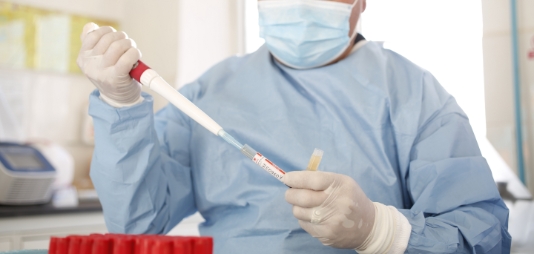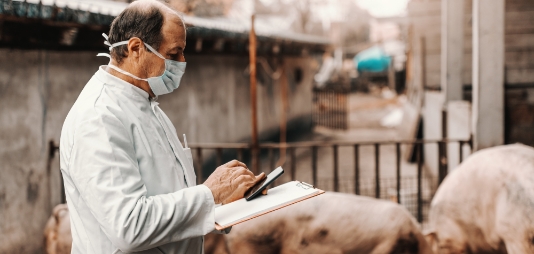INTERVIEW
Inside the OIE’s
rumour tracking service
To provide exhaustive and verified information on the animal health situation worldwide, the World Organisation for Animal Health (OIE) has a rumour tracking service that proved essential in 2020. Paula Caceres and Paolo Tizzani both work in this service.
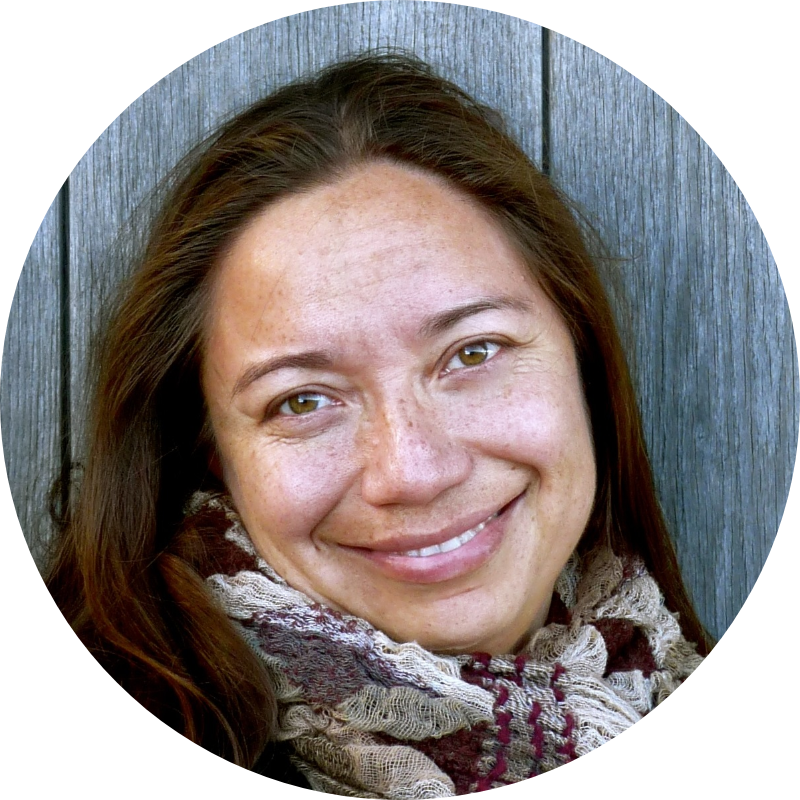
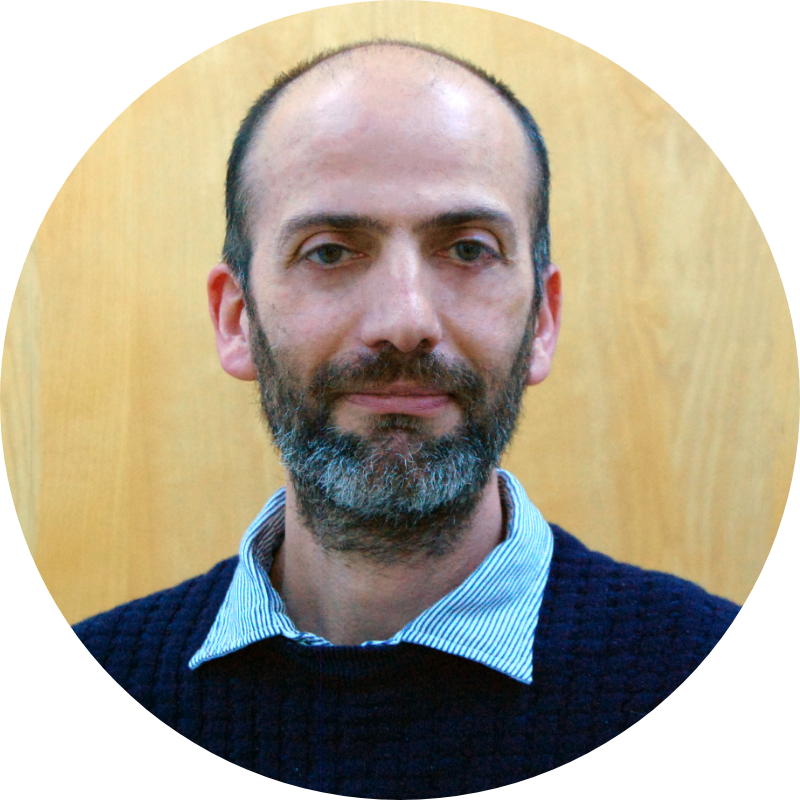

Why did the OIE create a rumour tracking system?
P.C. In 2001, it had become clear that many rumours about animal diseases were circulating in the press. We use the term “rumour” to refer to all types of information related to the 117 OIE terrestrial and aquatic diseases that we monitor, as well as emerging diseases that have not been brought to the attention of the OIE through the official reporting channels. As the leading international organisation for animal health, we are looking to have the most exhaustive knowledge possible of the health of animals in the world. To that effect, and following the request of our Members, we set up in 2002 a system to monitor unofficial information circulating about animal diseases.
The OIE’s rumour tracking team looks for animal health events that have not been reported through the official channels (OIE-WAHIS) and checks their reliability and relevance before acting.
How does it work?
P.T. Our first task is to actively search for information worldwide in local media, various newsletters, OIE reference laboratories and other professional networks. We filter this information to identify which is related to the diseases that we monitor and emerging diseases. A second filter then selects the information depending on its reliability and discards information from untrustworthy sources. The remaining information then goes through what we call the “triage process”: each news report is allocated to the different internal channels of the OIE that can then decide to take action or not.
P.C. OIE Members are required to report certain events, like the first occurrence of an animal disease in the country, within 24 hours. If our rumour tracking service flags an event that has not been officially reported within that time frame, we contact the countries to assess the situation. In some cases, the information is confirmed by laboratory analysis and the Veterinary Services report the event through the official reporting channel, the OIE-World Animal Health Information System (OIE-WAHIS). Other times, laboratory analyses can determine that the animal deaths were not linked to a disease but were rather the result of other factors, for example, an intoxication. In this case, the event is not officially reported, as the OIE only collects information on diseases significant from an epidemiological perspective.
%
How does this service help monitor animal health worldwide?
P.C. Since 2018, this service has allowed us to monitor, in real time, the African swine fever epidemic as it spread through Asia. We were able to quickly contact countries if delays or inconsistencies in the official reports were detected.
In 2020, 10% of reported events had been flagged by our rumour tracking service. This shows that it is a valuable tool to monitor animal health, as it contributes to maintain a more reactive and transparent disease reporting system worldwide.
How does the OIE collaborate with its partners for diseases that are important from a One Health perspective?
P.C. One of the OIE’s core missions is to respond as quickly as possible to animal diseases in order to prevent their spread to other animals and, when it is a zoonosis, to humans. We partnered with the Food and Agriculture Organization (FAO) and the World Health Organization (WHO) to create the Global Early Warning and Response System for major animal diseases including Zoonoses (GLEWS).
We are now expanding the scope of our joint action by strengthening the monitoring of wildlife health thanks to a collaboration with the United Nations Environment Programme (UNEP). Because wildlife health can affect the well-being of both humans and livestock alike, this new cooperation will help reduce the risk of future pandemics through a One Health approach.
Currently, the OIE rumour tracking system automatically selects relevant information from nearly
sources worldwide, aiming to cover even remote areas
How has the system evolved?
P.T. The OIE’s rumour tracking service has made significant gains in efficiency over the years. In 2017 for instance, back when much of the work was done manually, there were 7 to 8 dedicated OIE employees searching 20 000 news articles per year. During the last 4 years, we have been using information search machines adapted to our needs. We now have a single operator, and the system selects relevant information from around 14 000 sources.
We consistently have a forward-looking approach and are always seeking to improve the service. We are currently working on a way to extract relevant information from new sources, like social media. This will help us monitor animal health in regions where other types of news coverage is lacking.
P.C. By continuously improving its capacities, the OIE has been preparing for an event like COVID-19. This allowed us to have a system already in place to meet the challenges of this pandemic in the field of information management.
How did it play out during the COVID-19 pandemic?
P.T. Before the COVID-19 pandemic, coronaviruses were already being monitored because the MERS and SARS outbreaks had shown their zoonotic potential. In December 2019, our platforms started collecting an increasing number of rumours about atypical cases of pneumonia in China. Since then, we have screened and analysed more than 20 000 media news articles related to SARS-CoV-2 in animals.
P.C. The systems provided us with daily reports. We were informed of the spread of the disease in real-time before official numbers and reports were made public. This shows how valuable such a powerful, reliable and efficient service can be for monitoring emerging diseases worldwide and help us to be better prepared for future pandemics.
